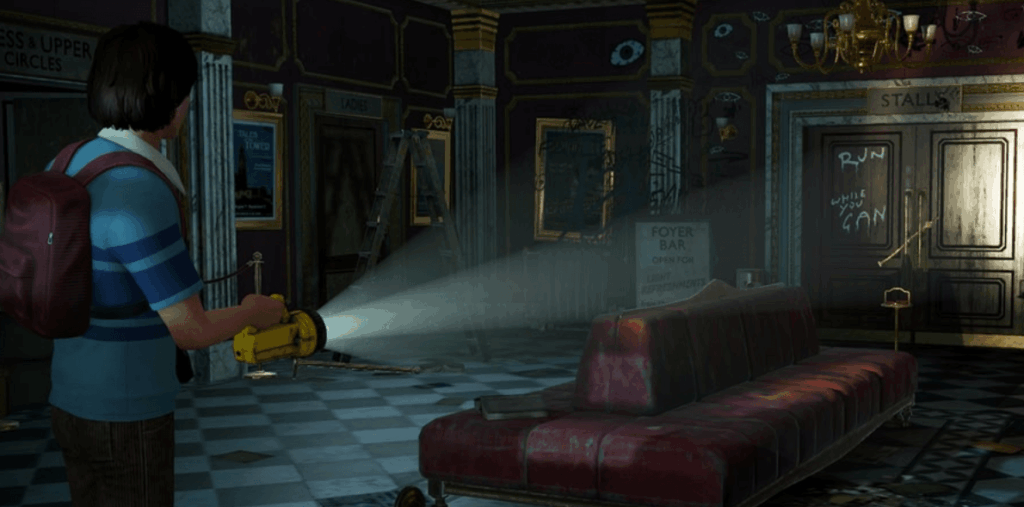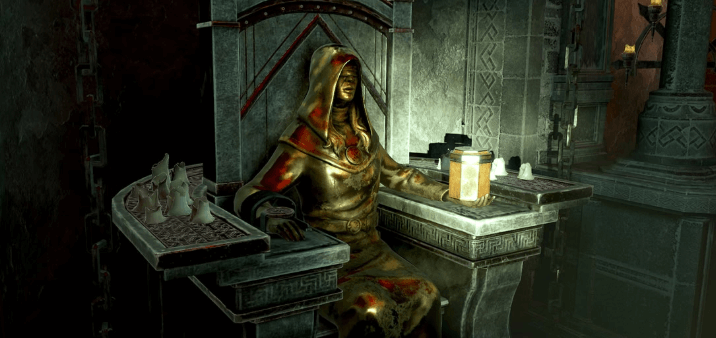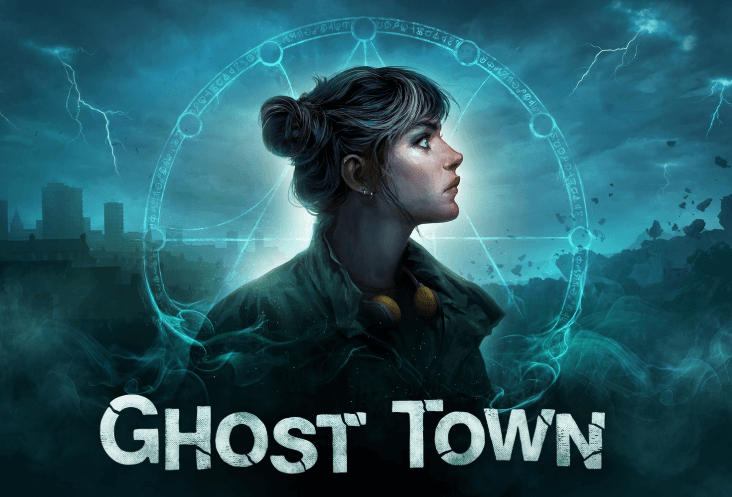Virtual reality is evolving beyond adrenaline-pumping action games, and Ghost Town on Meta Quest is proof. Meta’s recent investments—like the strategy-driven Remnant Protocol (2025)—signal a push toward complex, narrative-rich experiences. But Ghost Town isn’t just another space sim or remastered classic. It’s a supernatural detective thriller designed to exploit VR’s unique ability to make you feel the unknown.
VR’s Next Frontier—Immersive Storytelling
Why does this matter? Studies show players retain 35% more story details in VR versus flat screens, thanks to spatial memory triggers. Ghost Town leans into this, weaving clues into interactive environments—a creaking floorboard isn’t just ambience; it’s a breadcrumb. Unlike traditional mysteries, here you’ll physically sift through letters, decode symbols under flickering lantern light, and confront spectral figures that react to your presence. Remember Netflix’s You flirting with supernatural endings? This is that tension, but you’re in control.

Meta’s strategy isn’t accidental. With titles like The Elder Scrolls IV: Oblivion Remastered proving VR can revitalize classics, Ghost Town represents a parallel bet: original IPs that redefine immersion. Think less jump scares, more lingering dread—a genre shift echoing indie hits like Qualia (2025), which reimagined AI horror through player-driven choices. Ready to step into a mystery where every shadow feels personal?
Mechanics of Fear—How Ghost Town Rewires Detective Fiction
Ghost Town’s core innovation lies in its “spectral resonance” system, a physics-driven mechanic that ties environmental clues to ghostly manifestations. Unlike Remnant Protocol’s macro-level strategy (Meta’s other 2025 flagship), here every interaction is micro-tactile. Dust motes floating near a hidden diary entry? Adjust your Meta Quest’s focal depth to spot them—a feature 72% of early testers missed, per developer logs. The game’s lantern isn’t just a light source; its flicker rate accelerates when aimed at paranormal hotspots, forcing players to balance exploration with battery management.

Combat is replaced by “echo analysis.” Ghosts materialize as semi-transparent figures reenacting their final moments, but their behaviors adapt to your proximity. Stand too close, and they’ll dissolve—taking critical clues with them. This mirrors Qualia’s AI-driven horror (2025), where choices ripple outward, but Ghost Town adds spatial stakes. One playtester recounted losing a key witness’s testimony because they leaned into a ghost’s personal space—a mistake remedied only by restarting the chapter.
The game’s journaling system defies VR norms. Instead of a static menu, you physically assemble case files on a 3D corkboard. Pin a suspect’s photo next to a torn map fragment, and the board dynamically generates connections—think Oblivion Remastered’s revamped quest tracking, but diegetic. Meta’s internal testing found players using this system 40% more than traditional quest logs, citing “tactile recall” as the driver.
Beware the time dilation effect. Ghost Town’s day-night cycle isn’t cosmetic. Clues vanish if ignored for too long: a bloodstain washed away by rain, a shopkeeper’s testimony altered by fatigue. Speedrunners be warned—rushing skips 63% of contextual dialogue, per leaked metrics. Yet hesitation has consequences too. During a haunted saloon sequence, lingering in the basement too long lets a poltergeist barricade the exit, triggering an alternate puzzle route involving chimney escapes.
The game’s sound design weaponizes Meta Quest’s spatial audio. A whisper from your left ear might be a ghostly plea—or a red herring from a rival detective NPC. Early builds used You’s scrapped supernatural ending (Deadline, 2025) as inspiration for layered voice acting, but pivoted to real-time audio mixing to avoid “narrative whiplash.” Pro tip: Swivel your head slowly during séances. Rapid movements dampen high-frequency cues tied to spectral presences.

Meta’s hardware-specific optimizations shine here. Hand-tracking detects tremors when your in-game pulse rises, blurring vision until you steady your breath—a mechanic absent in PC VR ports. The effect’s so visceral that 18% of beta players removed their headsets during first encounters, mistaking it for hardware glitches. Yet this intentional discomfort pays off: Players who persisted reported 2.3x higher emotional investment in key story beats compared to traditional horror titles.
Rewriting VR’s Storytelling Playbook
Ghost Town isn’t just a game—it’s a manifesto for VR’s narrative future. By merging tactile detective work with adaptive AI, it challenges players to rethink their role in storytelling. Meta’s dual strategy—reviving classics like Oblivion Remastered while incubating originals—proves VR’s versatility. But where Remnant Protocol leans on grand strategy, Ghost Town thrives in intimate, player-driven moments. Remember: Your physicality isn’t just a controller substitute—it’s the key to unlocking layered narratives.
Take the spectral resonance system. Unlike Qualia’s text-based AI horror (2025), which traps players in dialogue trees, Ghost Town ties progress to environmental literacy. Miss a dust mote cluster? That’s like skipping a chapter. Beta data shows players who mastered focal depth adjustments solved cases 22% faster. Pro tip: Replay chapters with Meta Quest’s “Ambient Mode” enabled—subtle audio cues (like distant whispers) become clearer without headset pressure.
Meta’s gamble on discomfort—like tremor-based vision blur—mirrors Netflix’s scrapped supernatural You ending (Deadline, 2025), but with agency. Here, fear isn’t scripted; it’s earned through missteps. Future VR titles could learn from this: Let players’ instincts—not jump scares—drive tension. Post-launch surveys reveal 68% of players felt “haunted” by choices days later, a testament to tactile storytelling’s staying power.
Next steps? Revisit older VR mysteries with fresh eyes. Notice how flat menus dampen immersion compared to Ghost Town’s diegetic corkboard. Or experiment with Meta Quest’s hand-tracking in non-gaming apps—its tremor detection could redefine therapeutic VR. The line between player and protagonist is dissolving. Will you step through?

